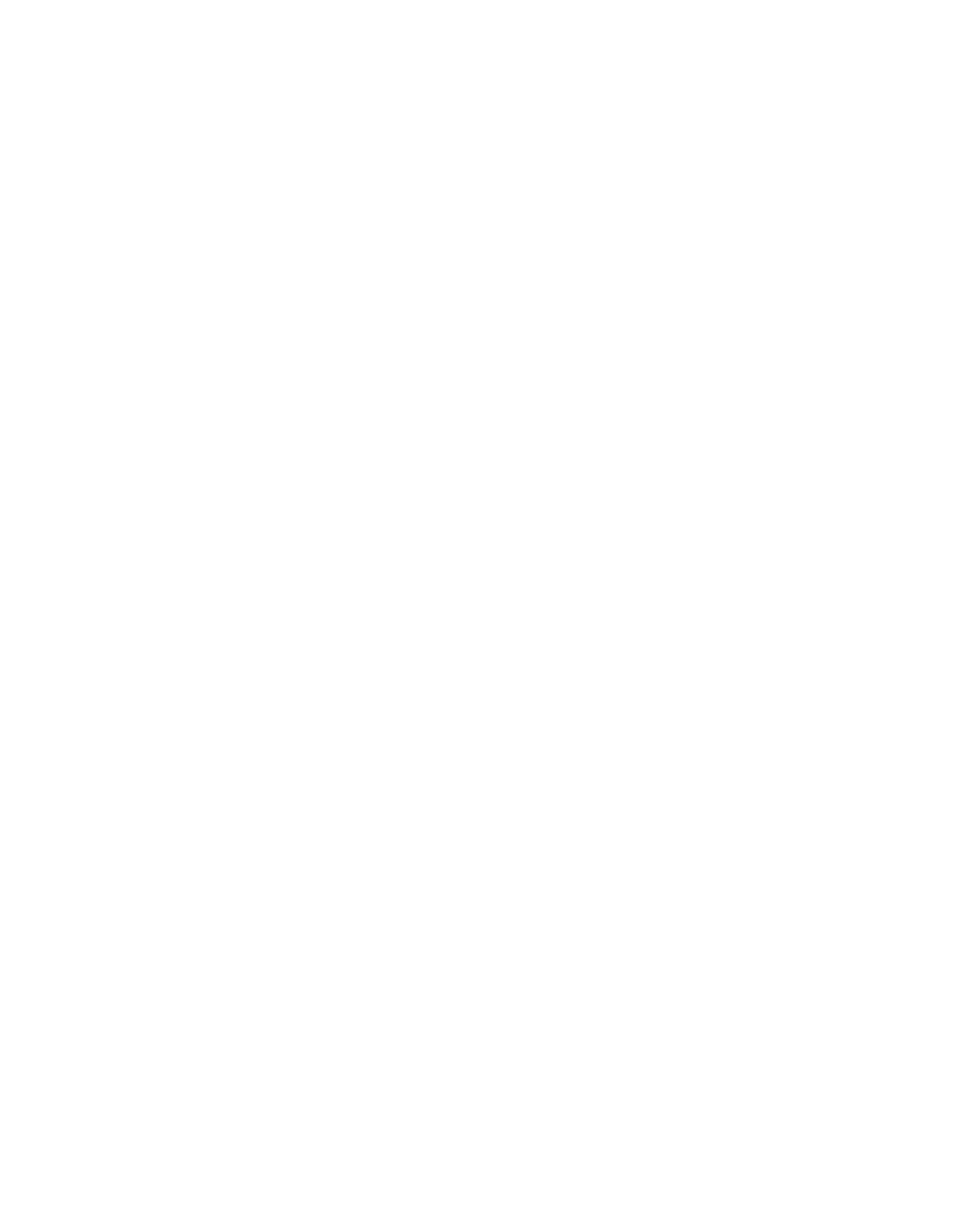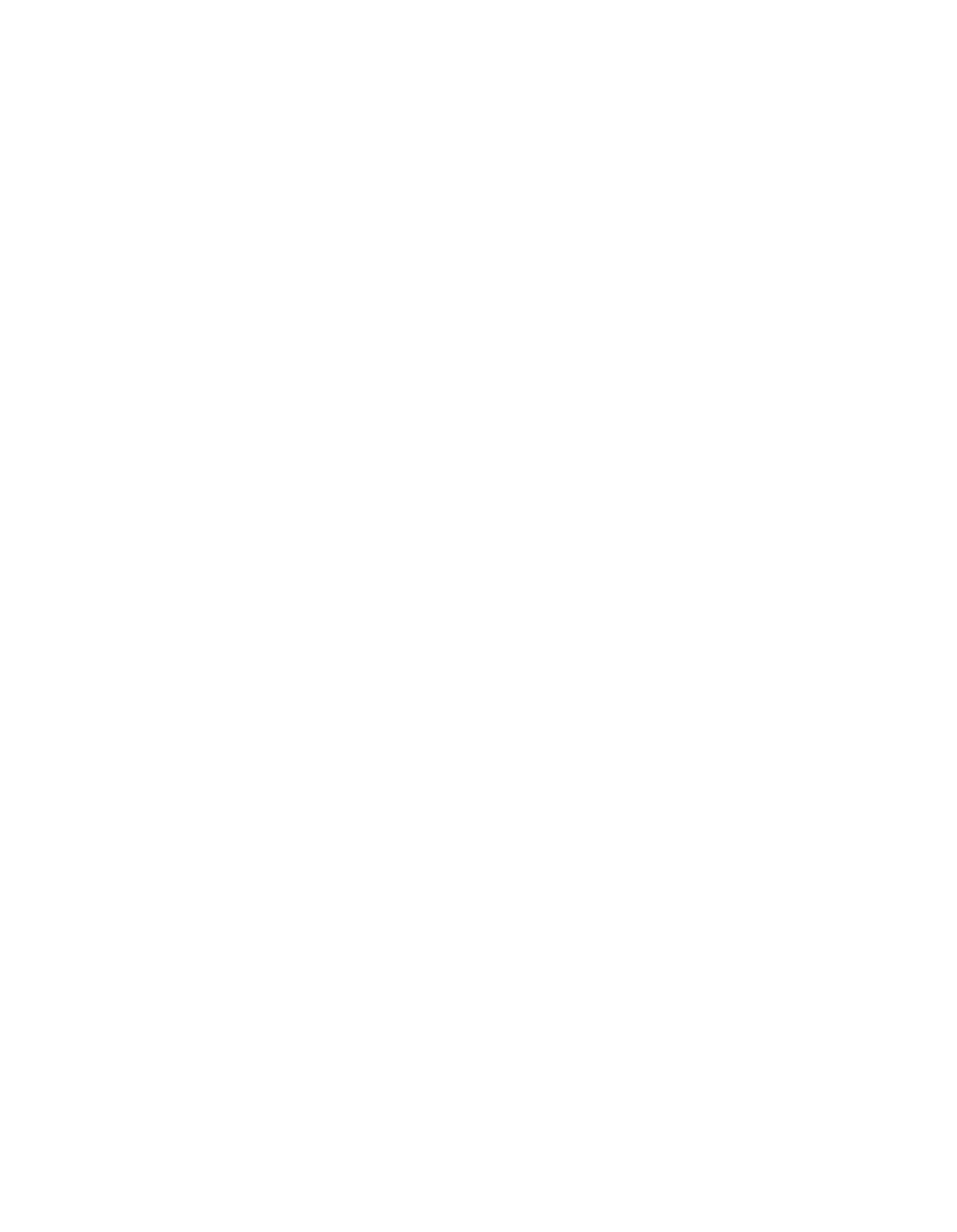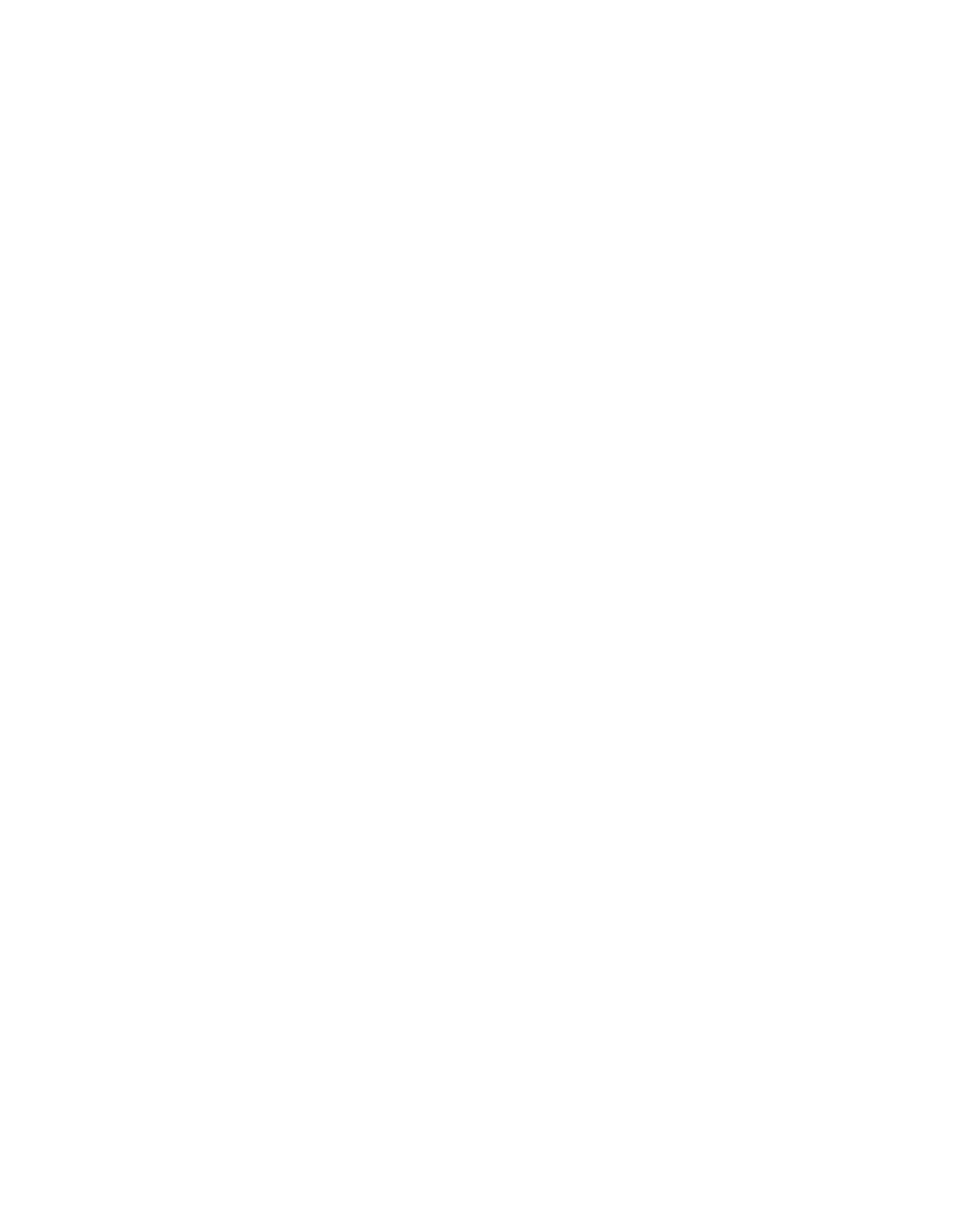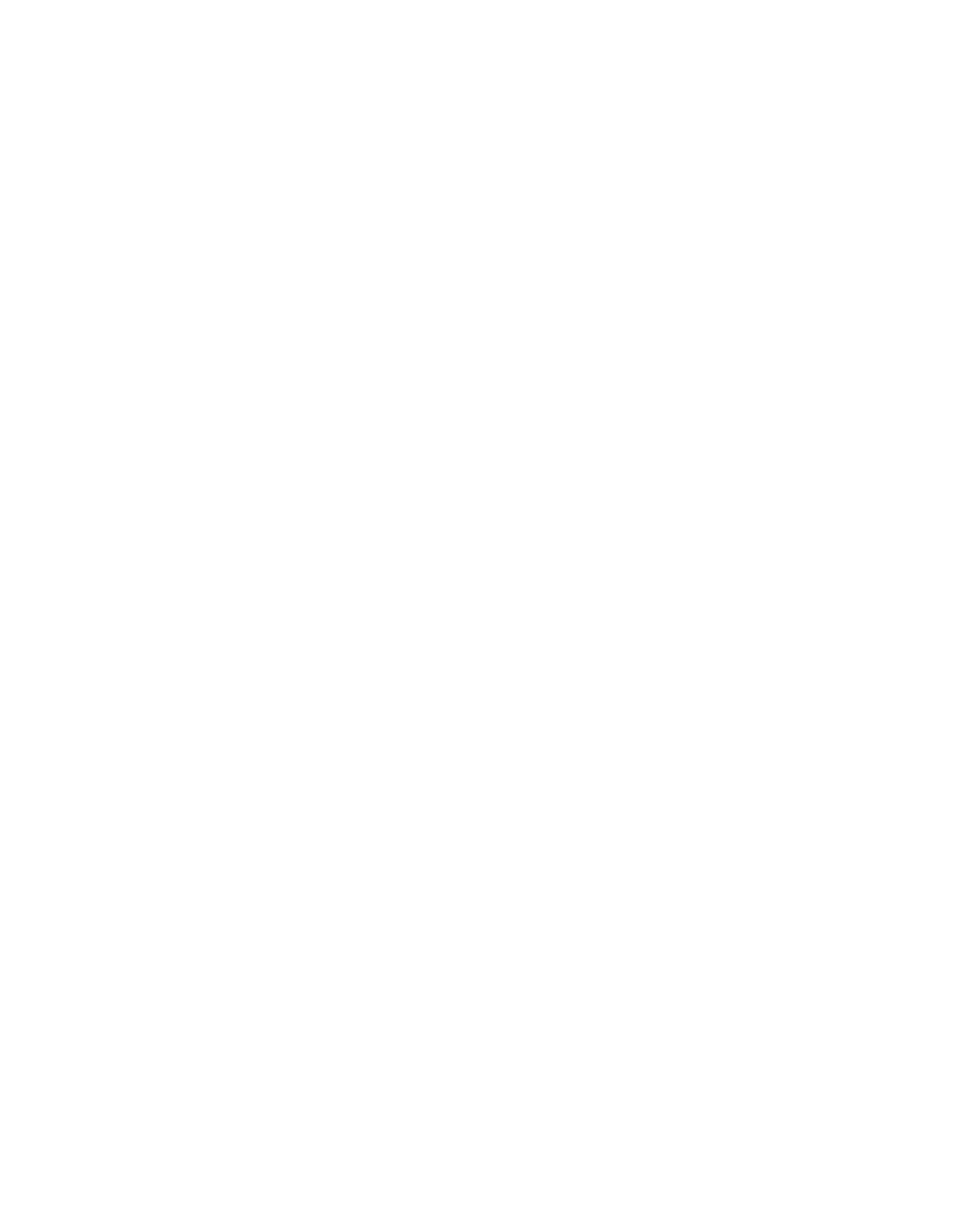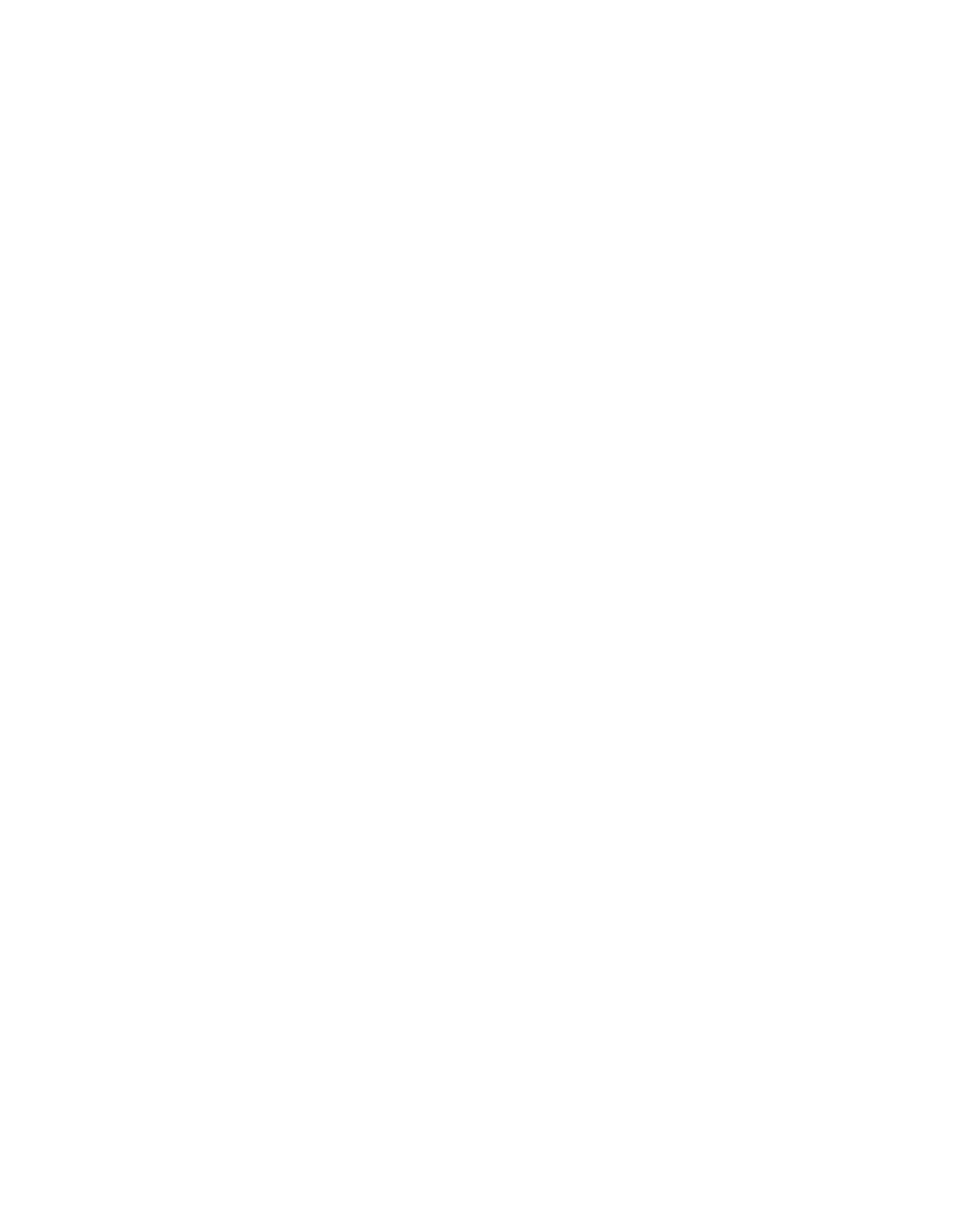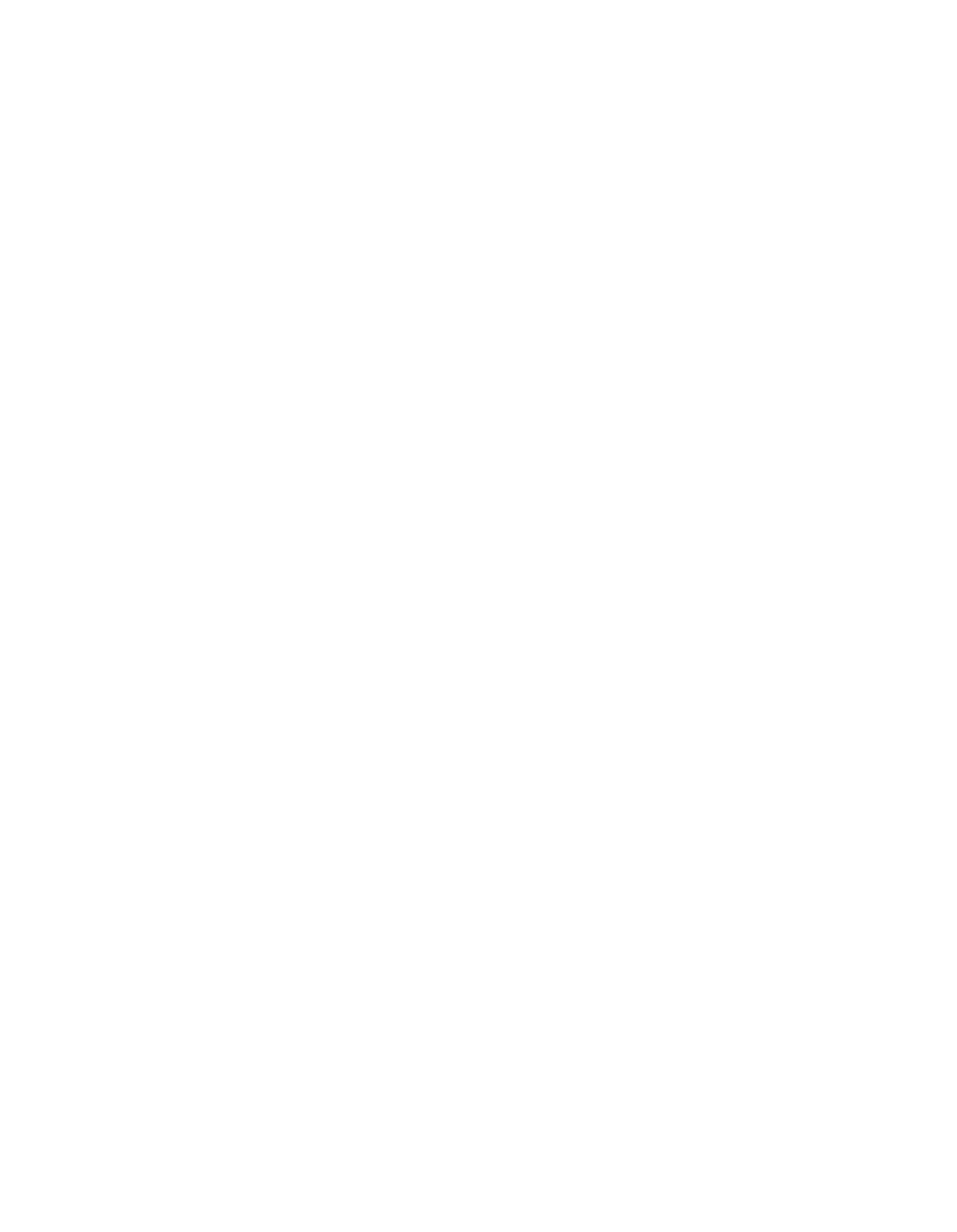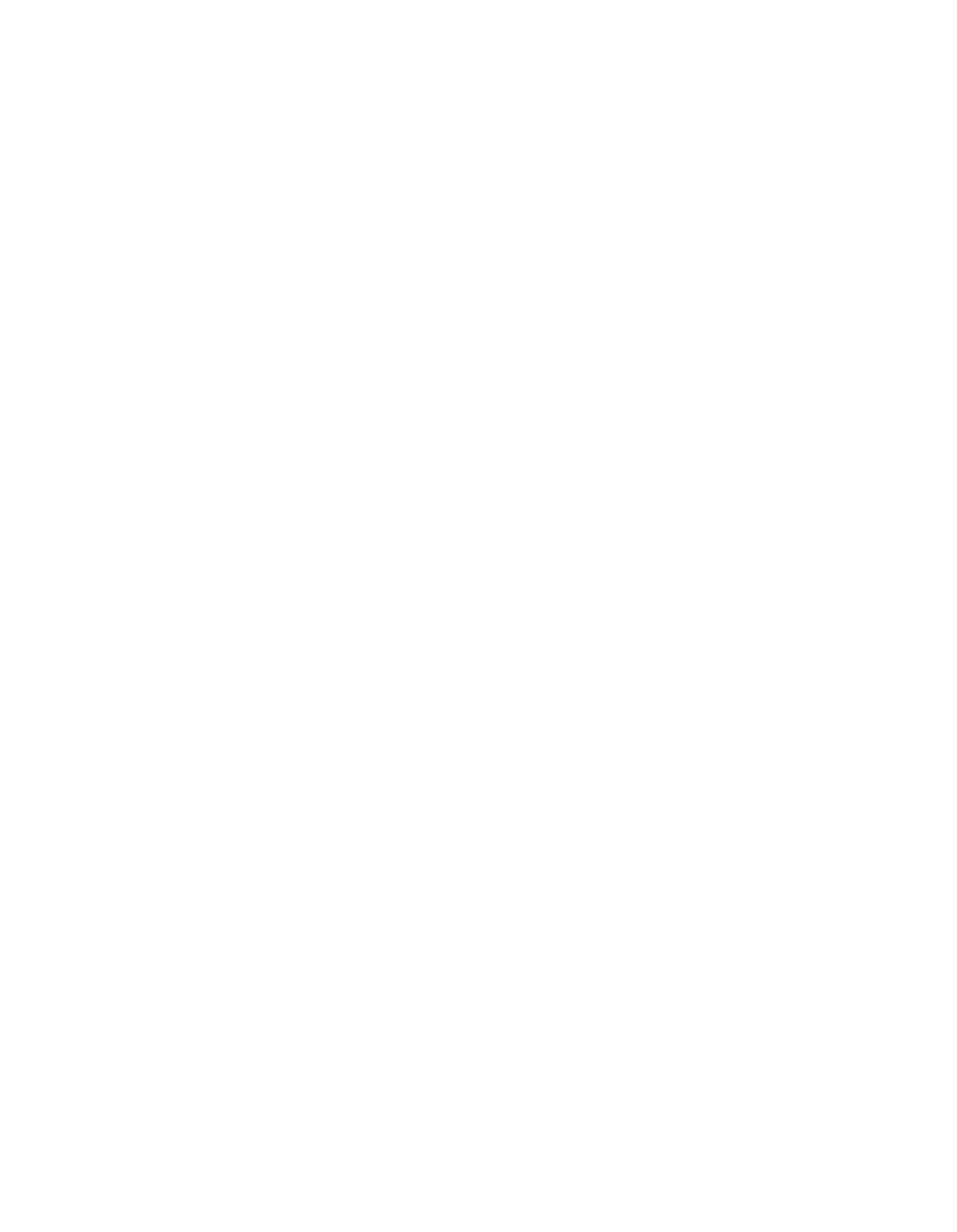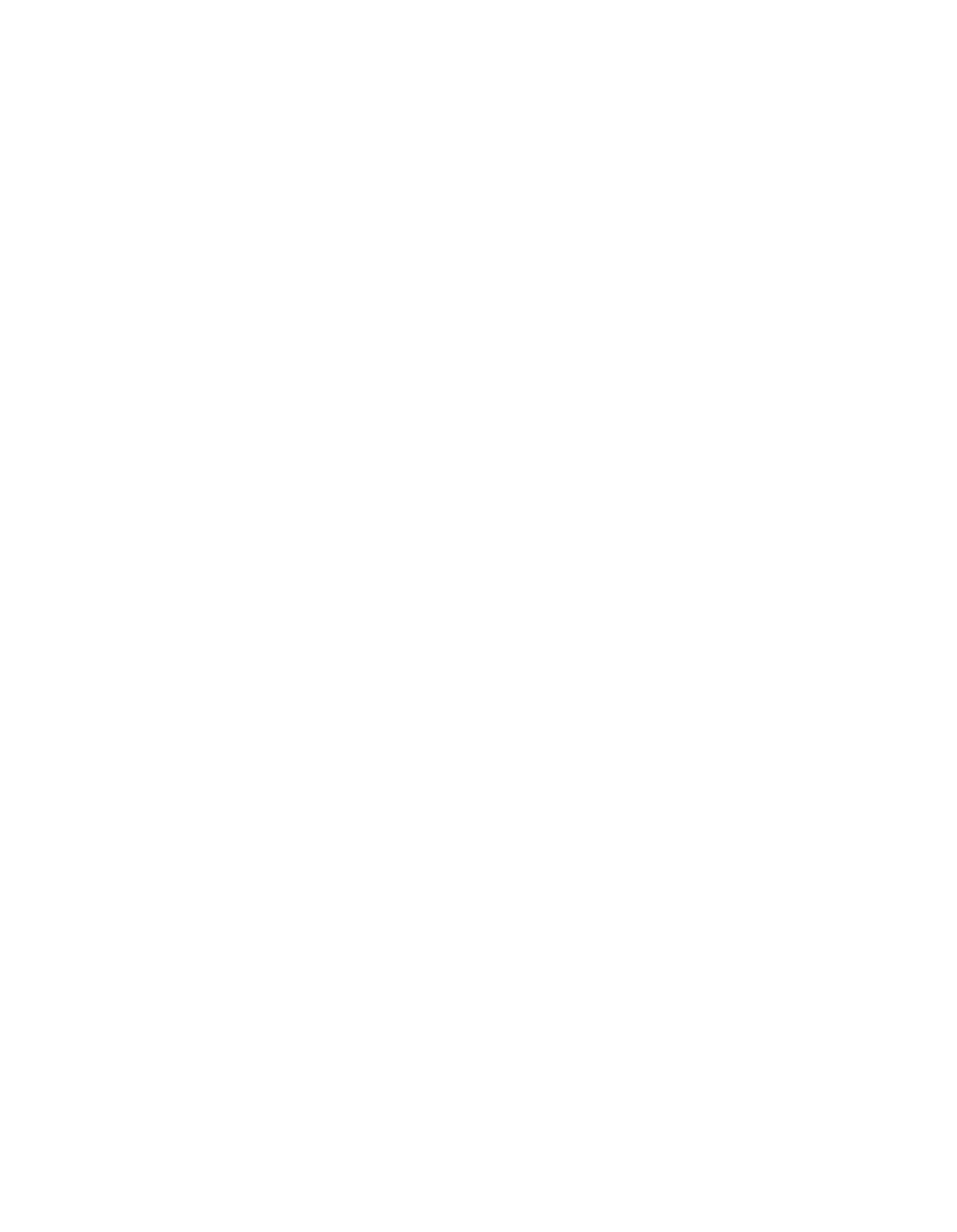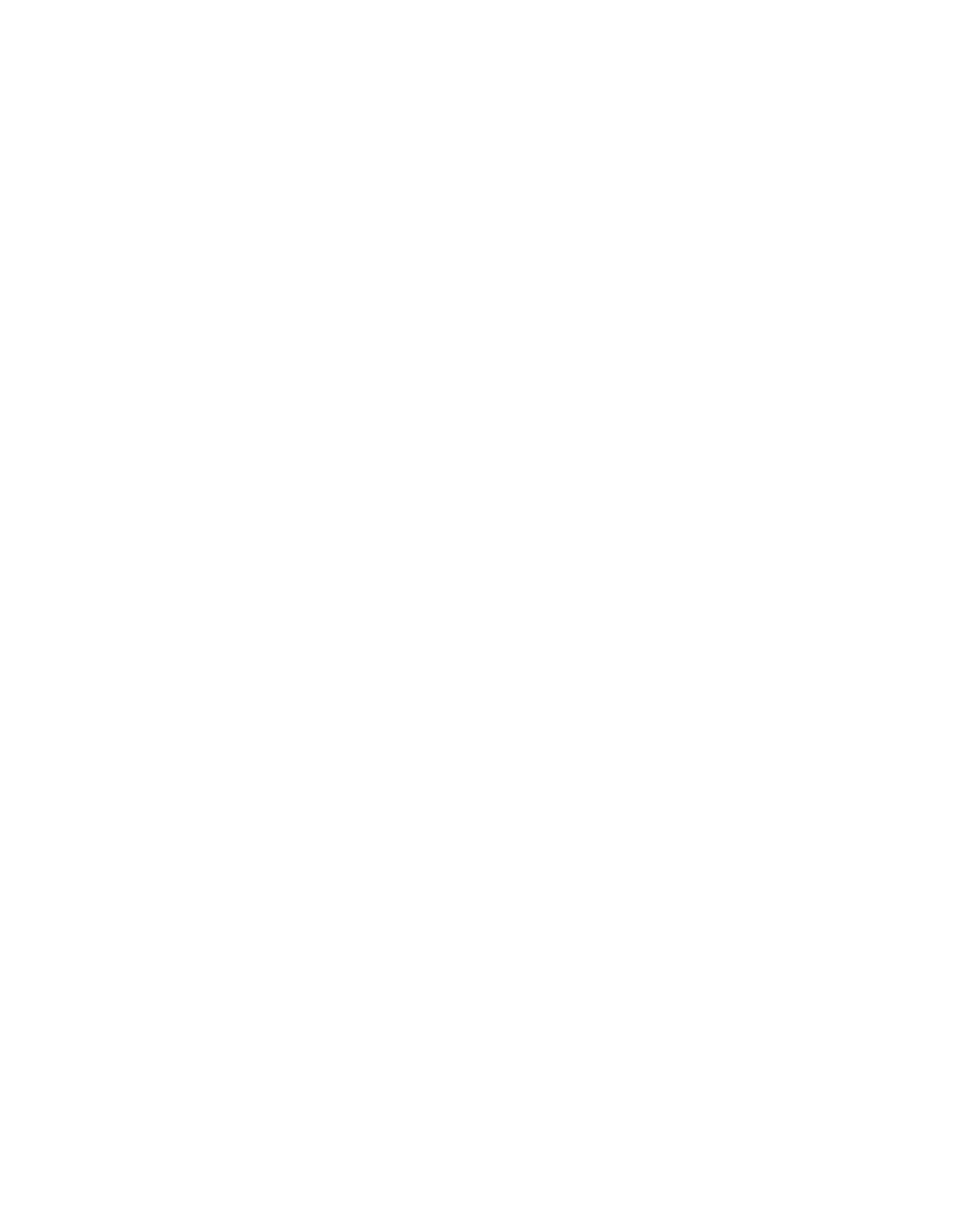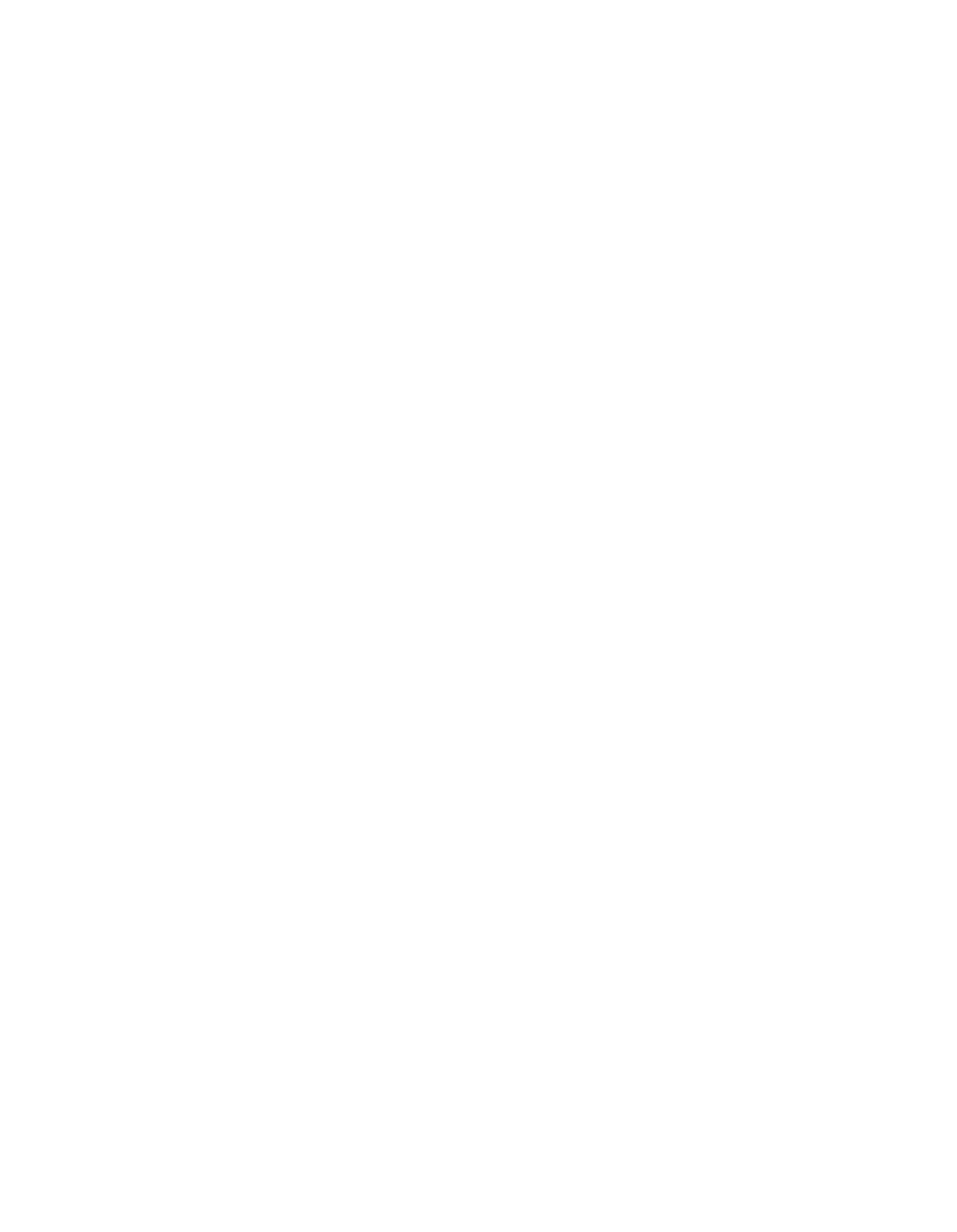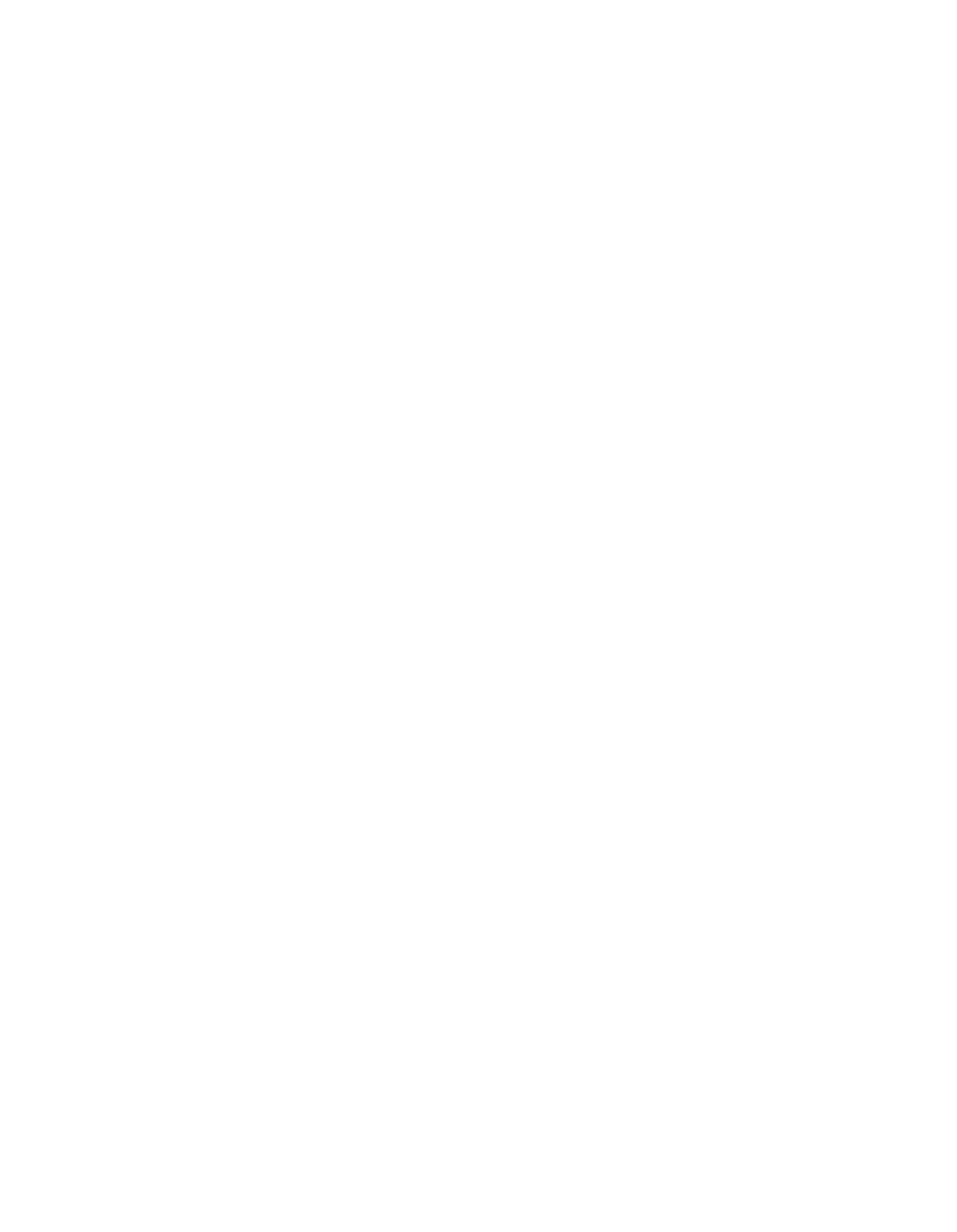ILLINOIS POLLUTION CONTROL BOARD
October
6,
1988
IN THE MATTER OF:
PROPOSED AMENDMENTS TO
35
ILL.
ADM.
CODE
201,
)
R87—38
SUBPARTS 3
& L (Self—Monitoring)
)
PROPOSED RULE
SECOND NOTICE
OPINION AND ORDER OF THE BOARD
(by J.D. Dumelle):
This matter comes before the Board
on
a regulatory proposal
filed November
10, 1987
jointly by the Illinois Environmental
Protection Agency (Agency), Citizens for
a Better Environment
(CBE),
and the Illinois Manufacturers Association
(IMA).
The
joint proposal seeks
to amend
35 Ill.
Adm.
Code 201.281 and
to
add Subpart
L:
Continuous Monitoring,
35
Ill.
Adm.
Code 201.401,
Continuous Monitoring Requirements.
The effect of the amendment
and new regulations would
be
to require self—monitoring
of
air
emissions
of certain fossil
fuel—fired steam generators,
sulfuric
acid plants and nitric acid plants and petroleum refineries.
On
February
25,
1988, the Board proposed
for First Notice
a
rule
which
is
substantially the same
as that originally proposed.
The
proposed rule was published
in the Illinois Register
on March
18,
1988.
Two comments were received after First Notice publication.
On May 11,
1988 the Department of Commerce and Community Affairs
(DCCA)
filed
a comment which stated that the proposed
rule will
have no effect on small businesses affected by the rule.
On
April
21,
1988 comments were filed
by the United States
Environmental Protection Agency (USEPA), Region
V,
in response
to
a request
for clarification made at the April
8,
1988 hearing.
The request
for clarification concerned
the issues of
1)
the cost
of Federal promulgation
of a continuous emission monitoring
(CEM)
rule and,
2) whether alternative procedures
and requirements must
be submitted
to USEPA
as revisions of the Illinois State
Implementation Plan (SIP).
This Opinion will address only the
April
21, 1988 comments from USEPA.
In response
to the first posed question
(regarding the
costs,
if any,
of Federal promulgation of
a CEM rule), USEPA
stated that the State’s failure
to adopt
a CEM rule which
satisfies Federal requirements would necessitate USEPA’s
promulgation
of
a CEM into the SIP.
The cost
of work associated
with such promulgation would
be deducted from Illinois’
Federal
Assistance
allocation.
USEPA estimated such cost at
$60,000.
In response
to the second posed question
(whether
authorizing alternative but equivalent procedures and
93—93
—2—
requirements
for CEM systems must be submitted
to USEPA as
revisions of the SIP),
tJSEPA answered affirmatively stating,
“USEPA believes this
is
a necessary requirement
of approval
of
a
CEM rule.”
Additionally,
USEPA noted as
follows:
“In addition,
the Illinois rule being adopted should clearly state that these
modifications will not be effective until approved by USEPA.”
Notwithstanding USEPA’s recommendation,
the Rule,
as
proposed today,
does not contain language declaring that any
modifications will not be effective until approved by USEPA.
Doing so would be
a departure from past Board practice
(other
rules do not contain such language)
and
is unnecessary because
all such modifications would be subject
to USEPA approval anyway.
With
the exception of the changes discussed above,
the Board
will not alter
the substance
of the rule proposed on February 25,
1988.
This action was originally commenced
as
a result
of
a
settlement agreement entered into in the matter
of Citizens For A
Better Environment,
et
al.
v.
Lee M. Thomas,
Administrator,
USEPA,
No.
SO
C 0003,
a lawsuit filed
in the United States
District Court
for the Northern District
of Illinois, Eastern
Division.
As
a result
of the above—referenced case the Illinois
EPA,
CBE and IMA jointly proposed this Docket, which would
require continuous self—monitoring
of air emissions for certain
fossil fuel—fired steam generators,
sulfuric acid plants, nitric
acid plants and petroleum refineries.
In specific, fossil fuel—fired
steam generators with annual
average capacity factor greater
than 30,
as reported
to the
Federal Power Commission in
1974,
or
as otherwise demonstrated
to
the IEPA, will
be required
to monitor air emissions for opacity
unless the generator is less than 250 million Btu per hour heat
input
or
if gas
is the only fuel burned,
or
if oil or
a mixture
of gas and oil
is utilized,
when the source can comply with the
applicable regulations regarding particulate matter and opacity
without collection equipment and the source has never been found
to be
in violation of visible or particulate emission
regulations.
Additionally,
these same fossil fuel—fired steam
generators will also be required
to monitor for nitrogen oxides
when there
is greater than 1000 million Btu per hour heat input,
and when located
in an area where
the USEPA has decided
that a
control strategy for nitrogen dioxide
is necessary;
and when the
owner
or operator has not demonstrated emissions
to be less
than
30
below the applicable emission standards.
Similarly these same fossil
fuel—fired steam generators must
also self—monitor
for
sulfur dioxide when the generator
is
greater than 250 million Btu per hour heat
input and has
installed and operates sulfur dioxide pollution control
equipment.
93—94
—3—
Finally,
these same fossil fuel—fired steam generators must
also self—monitor for oxygen or carbon dioxide when measurements
of oxygen and carbon dioxide in the flue gas are required
to
convert sulfur dioxide or nitrogen oxide emissions data
to units
of applicable emission standards.
In addition
to the fossil fuel—fired steam generators
referenced above certain other industrial plants will also be
required
to conduct self—monitoring.
Sulfuric acid plants
of
greater than 300 tons per day production capacity (expressed
as
100 percent acid) will monitor
for sulfur dioxide
at each point
of sulfur dioxide emissions.
Nitric acid plants of greater than
300 tons per day production capacity (expressed as 100 percent
acid)
located in areas designated by USEPA as requiring
a control
strategy for nitrogen dioxide will be
required
to monitor
for
nitrogen oxides
at each point
of nitrogen oxide emissions.
And
petroleum refineries
shall monitor for opacity at each catalyst
regenerator
for fluid bed catalytic cracking units of greater
than 20,000 barrels per day fresh
feed capacity.
The proposed regulation contains
a provision allowing for
alternative self—monitoring upon
a demonstration that continuous
monitoring
is technically unreasonable or
infeasible
or due
to
extreme economic burden.
Alternative
self—monitoring
requirements would
be imposed by permits
issued by the IEPA.
Certain emission sources will be exempt from the self—
monitoring requirements.
These include emissions sources subject
to new source performance standards and any source not subject to
either the applicable emission limitation established pursuant
to
the Act or Board regulation or when an alternative, adjusted
or
site—specific standard has been set by the Board.
The proposed regulation sets forth the data which
is
required
to be reported
to the IEPA,
including,
inter alia,
starting times
and dates, durations,
magnitudes etc....
The
proposed regulation also contains a provision governing
malfunctions of the self—monitoring equipment,
stating that
monitoring and recording requirements shall
not be applicable
during malfunctions so long as the owner or operator demonstrates
that the malfunction was unavoidable and
is being repaired
as
expeditously as possible.
Finally,
the proposed regulation sets forth
the manner by
which recorded data shall be expressed,
the manner by which
the
recorded data
shall be retained and time for compliance.
Consistent with the Board’s expedited rulemaking procedures,
two merit hearings were held on April
8 and April
22,
1988.
The
first merit hearing was held
in Chicago and the second
in
Springfield.
The hearings were properly noticed and each of the
joint proponents attended.
Additionally, members
of the public
and industry attended.
93—95
—4—
At the April
8,
1988, merit hearing, testimony in support of
the proposal was provided by Mr. Lauren Laabs, who spoke on
behalf of
the Illinois Manufacturers Association.
Mr.
Laabs
testimony explained the history of this proceeding,
discussed its
relations to USEPA and Illinois’ State Implementation Plan,
and
set forth
a thorough explanation of the proposed regulation.
Next, Mr.
Frederick Smith, Manager of the Source Emissions
Testing Unit of the Division of Air Pollution Control
of the IEPA
was called by joint proponent,
IEPA.
Mr.
Smith testified on
behalf of the proposal and further explained the proposal.
The second merit hearing of April 22,
1988 contained no new
prepared testimony by joint proponents.
However,
representatives
from industry did speak to the proponent and asked questions.
The second merit hearing consisted mainly of follow—up questions,
suggested language changes
to correct typographical errors and
a
statement from Bill Denham of the Illinois Department of Energy
and Natural Resources stating that if all economic data were
timely provided,
a decision on the necessity of
a EcIS could
be
rendered shortly.
On June
27,
1988,
the Department of Energy and Natural
Resources (DENR) filed
a negative declaration stating its
determination that the preparation of
a formal economic impact
study
is not necessary in this proceeding.
The negative
declaration was based on DENR’s finding that the cost
of
a formal
study
is economically unreasonable
in
relation to the value of
the study to the Board in determining the adverse economic impact
of the regulation.
On August
4,
1988 the Board was notified of
the concurrence by the Economic and Technical Advisory Committee
(ETAC)
in DENR’s negative declaration.
MOTION TO REVISE PROPOSED REGULATORY LANGUAGE
On June 29, 1988 the Illinois Manufacturers’ Association
(IMA) proposed minor changes
to the proposed language.
The
proposed language essentially corrects typographical errors and
provides suggested clarifying language for the proposed
rule.
The proposed language does not alter the substance of the
original regulatory language and was not opposed by co—
proponents.
The proposed changes were as follows:
Section 20l.40l(a)(2),
“...
the production being
expressed
as 100 percent acid
Section 20l.401(a)(3),
“nitric acid plants of
greater...”
Section 20l.401(b),
“Set
forth
in:
93—96
—5—
1)
paragraphs
3.1 through 3.8
of 40 CFR 51, Appendix P
(1987).
This
incorporation includes no
later amendments or
editions;
and
2)
relevant portions of 35
Ill. Adm.
230, Appendix A
& B.”
Section 201.402,
“...
continuous monitoring
system or device”
Section 201.403(a),
“...
new source performance
standard adopted by USEPA
pursuant to Section ill
of the
Clean Air Act and made
applicable in Illinois pursuant
to 9.1 of the Act;
or
...“
Section 201.401,
“...
repaired as expeditously
as
is practicable.”
Section 20l.405(a)(7),
“other
information,
including
but not limited to,
monitor
location,
monitor maintenance
records and source operation
hours, which the Agency may
require by permit.”
Section 201.406(a),
“...
procedures specified
either
in
35
Ill.
Adm.
Code
230,
or
in any applicable
monitoring requirements which
are part of
a new source
performance standard adopted by
USEPA pursuant to Section 111
of the Clean Air
Act and made
applicable in Illinois pursuant
to Section 9.1 of
the Act;
or
Ii
Section 201.406(b),
“...
40 CFR
51, Appendix
P,
paragraph
5,
(1987).
This
incorporation includes no later
amendments or editions;
or
...“
Section 201.408,
“...
this schedule shall
provide that monitoring and
recording begin within
18
months.
..“
93—97
—6—
Except for the suggested language change in Section
201.401(b),
supra,
the Board does hereby grant proponent’s Motion
To Revise Proposed Regulatory Language.
Section 201.401(b) has
been corrected
to reflect the substantive change sought by
Petitioners;
but the adopted language
is different than that
proposed for grammatical
reasons.
ORDER
The Board hereby adopts the following amendments
for Second
Notice review.
The Clerk
is directed
to submit these proposed
amendments
to the Joint Committee On Administrative Rules.
TITLE
35:
ENVIRONMENTAL PROTECTION
SUBTITLE B:
AIR POLLUTION
CHAPTER I:
POLLUTION CONTROL BOARD
SUBCHAPTER
a:
PERMITS AND GENERAL PROVISIONS
PART
201
PERMITS AND GENERAL PROVISIONS
SUBPART J:
MONITORING AND TESTING
Section
201.281
Monitoring Equipment
201.282
Testing
201.283
Records and Reports
SUBPART
L:
CONTINUOUS MONITORING
Section
201.401
Continuous Monitoring Requirements
201.402
Alternative Monitoring
201.403
Exempt Sources
201.404
Monitoring System Malfunction
201.405
Excess Emission Reporting
201.406
Data Reduction
201.407
Retention of
Information
201.408
Compliance Schedules
AUTHORITY:
Implementing Section 10 and authorized
by Section
27
of the Environmental Protection Act
(Ill.
Rev. Stat.
1987,
ch.
ll11/~ pars.
1010 and 1027)
SOURCE:
Adopted
as Chapter
2:
Air Pollution,
Part
I:
General
Provisions,
in R7l—23,
4 PCB 191, filed and effective April
14,
1972;
amended
in R78—3
and
4,
35
PCB 75 and 243,
at
3
Ill.
Reg.
30,
p.
124, effective July 28,
1979; amended
in R80—5, at
7 Ill.
Reg.
1244,
effective January 21,
1983;
codified at
7
Ill.
Reg.
13579; amended
in R82—l
(Docket
A)
at
10
Ill. Reg.
12628,
effective July 7,
1986;
amended
in R87—38 at
____
Ill.
Reg.
_______,
effective
___________________
93—98
—7—
SUBPART J:
MONITORING AND TESTING
Section 201.281
Permit Monitoring Equipment Requirements
a)
Except
as otherwise provided at Subpart L of this Part,
eBvery emission source
or air pollution control
equipment shall be equipped with such monitoring
instruments as may be required ~n ~ proee~re~dop~ed by
the Ageney or as
a condition
to a permit issued by the
Agency.
B~ehp
eethtre~end
rme~e~
end rev e~or~
there~e~ she33~
no~beeeme effee~ve
~
fi~i~ed
wtth
the
6eere~eryof S~e~ee~
re~4red
by
the
APA.
The Agency
permit may require that such monitoring instruments be
continuous or intermittent.
Such monitoring instruments
shall be installed,
maintained and operated at the
expense of the owner or operator of the emission source
or air pollution control equipment.
A permit condition
to monitor
is appealable to the Board pursuant
to
Section
40
of the Act.
b+
Before
op~4ng
or
mek~ng
b~n~4veehenge~~n eny
~t,ehp
ee&~re~ep~ed by
the
Ageney~ the
Ageney she3~
~-
Pub3~h e
r~eryof
the
proposed
ehengee
4rt
the
Boerd New~3e~er
or
e
eompereb~epub~4ee~4one~
the
Ageney1~e~~pen~e~
~nd
2~
Provide
e
copy ~f
the
ft~3~
~ex~ of
the
proposed
ehenge~~o
erty
per~ort
who
4rt wri~4rtg~o re~uee~i~
3~
Defer
op~4onof
the
ehengee
for
4S
dey~
from
the
de~eof
b~ee~4on~o efl~ow
~
m~4ort
~nd
coere~4on
of wr4~erteommert~on
the
proposed
chenge~~
(SOURCE:
Amended at
___
Ill. Reg.
effective
_______________
SUBPART L:
CONTINUOUS MONITORING
Section 201.401
Continuous Monitoring Requirements
a)
Except as otherwise provided
at Section 201.402 and
Section 201.403,
the owners and operators of the
following emission sources shall
install,
operate,
calibrate and maintain continuous monitoring equipment
for the indicated pollutants.
1)
Fossil fuel—fired
steam generators with
an annual
average capacity factor greater
than 30,
as
93—99
—8—
reported
to the Federal Power Commission for
calendar year 1974,
or as otherwise demonstrated
to
the Agency,
shall monitor
for:
A)
Opacity, when the steam generator
is greater
than
250 million Btu per hour heat input
unless:
1)
Gas
is the only fuel burned;
or
ii)
Oil or
a mixture of gas and oil are the
only fuels burned
and the source can
comply with
the applicable regulations
for particulate matter and opacity
without use of collection equipment for
particulate matter
and the source has
never been found
to
be in violation of an
applicable visible or particulate
emission standard through any
administrative or
judicial proceedings.
B)
Nitrogen oxides,
when:
i)
The steam generator
is greater than 1000
million Btu per hour heat input;
ii)
The facility
is
located
in an Air Quality
Control Region where
the Administrator,
U.S.
Environmental Protection Agency, has
specitically determined that
a control
strategy for nitrogen dioxide
is
necessary
to attain
the national
~tändards;
and
iii)
The owner
o
operator has not
ernoflStrate~dur1n9 COmpliance
tests that
e Source
tsnitro9en oxides at
levels
less than
30
Or
more below the
plicable emjssio~standards.
C)
Sulfur dioxide
!ap~~t
and which hasinstalled
andoperat~
urdioxide pollution Control ~9uipment.
D)
Percent ox
dioxide, when
OCOflV~FtSUlf~~~
ldeornitro9en
oxic3e
con
nuousem
ions
data
to units of
emission
93—1r()
—9—
2)
Sulfuric acid plants of greater
than 300
tons per
day production capacity,
the production being
expressed as 100 percent acid,
shall monitor
for
sulfur dioxide at each point of sulfur dioxide
emission.
3)
Nitric acid plants of greater than 300 tons per day
production capacity,
the production capacity being
expressed
as 100 percent acid,
located
in an Air
Quality Control Region where the Administrator,
U.S. Environmental Protection Agency,
has
specifically determined
that
a control strategy for
nitrogen dioxide
is necessary
to attain the
national standard,
shall monitor
for nitrogen
oxides at each point of nitrogen oxide emission.
4)
Petroleum refineries shall monitor
for opacity at
each catalyst regenerator
for fluid bed catalytic
cracking units of greater than 20,000 barrels per
day fresh feed capacity.
b)
Except
for sources permitted
to use alternative
monitoring pursuant
to Section 201.402, compliance with
the Illinois emissions limitations by the owners
and
operators of emission sources required
to monitor
continuously shall be determined by the use of equipment
which meets
the performance specifications set forth in
paragraphs 3.1
through 3.8 of
40 CFR 51, Appendix
P
(1987)
(this incorporation includes no later amendments
or editions),
and relevant portions of
35 Ill. Mm. Code
230, Appendix A and B.
(SOURCE:
Added
at
Ill.
Reg.
effective
_______________)
Section 201.402
Alternative Monitoring
Alternative monitoring requirements for sources
subject to
Section 201.401(a)
shall be prescribed
by permit upon a
demonstration by the owner or operator that continuous monitoring
is_technically_unreasonable or infeasible due
to physical plant
limitations
or would
impose an extreme economic burden.
It shall
be demonstrated that the installation or operation of
a
continuous monitoring system or device:
a)
Would not provide accurate determinations of nitrogen
dioxide, sulfur dioxide, carbon dioxide, percent oxygen,
or opacity;
or
b)
Cannot be
installed due to the facility’s physical
constraints
such
as
size,
space or strength of
materials, or due
to safety considerations;
or
93—101
—10—
C)
Would
impose
an extreme economic burden
in proportion
to
the significance of the monitoring information which
would be provided.
(SOURCE:
Added at
Ill. Reg.
effective
_______________)
Section 201.403
Exempt Sources
The following emission sources are exempt from the requirements
of this Subpart:
a)
Any source subject to monitoring requirements which
are
part of
a new source performance standard adopted by
USEPA pursuant to Section 111
of the Clean Air Act and
made applicable
in Illinois pursuant
to Section 9.1 of
the Act;
or
b)
Any source not subject to either the applicable emission
limitation established pursuant to the Act or Board
regulation or
an alternative, adjusted or site specific
standard approved by the Board.
(SOURCE:
Added at
___
Ill.
Reg.
effective
_______________
Section 201.404
Monitoring System Malfunction
The monitoring
and recording requirements of this Subpart shall
not be applicable during any period of
a monitoring system or
device malfunction if demonstrated by the owner
or operator of
the source that the malfunction was unavoidable and
is being
repaired
as expeditiously as practicable.
(SOURCE:
Added
at
Ill.
Reg.
effective
_______________)
Section 201.405
Excess Emission Reporting
Owners and operators of sources subject to the continuous
monitoring requirements of
this Subpart shall
report the
following information:
a)
For periods
of emissions
in excess of any emission
limitation adopted
by the Board:
1)
The starting date and time of
the excess emissions
2)
The duration of
the excess emissions
3)
The magnitude of excess emissions
93—102
—11—
4)
The cause of the excess emissions,
if known
5)
Corrective actions and actions taken to lessen the
emissions
6)
The operating status of the monitoring system,
including the dates and
times of any periods during
which
it was inoperative;
and
7
Other
information,
including but not limited
to,
monitor location, monitor maintenance records and
source operating hours, which the Agency may
require by permit.
b)
For gaseous sulfur dioxide, percent oxygen, or carbon
dioxide measurements,
the averaging period used for data
reporting shall correspond
to the averaging period used
to determine compliance with the applicable emission
limitation.
The report shall consist of emission
averages in the units of the applicable limitation for
each averaging period during which
the limitation was
exceeded.
c)
For opacity measurements, the report shall
be based
on
six minute averages of opacity and contain
1)
The percent opacity for each continuous opacity
excess period;
and
2)
The start and stop time
in six minute increments of
any opacity measurements
in excess
of the
limitation.
d)
If there were no excess emissions during the reporting
period,
the report shall
so state and include
information about the operating status
of the monitoring
equipment during that period.
e)
Reports shall be submitted within 45 days
of the end of
every calendar quarter.
(SOURCE:
Added at
___
Ill.
Reg.
effective
_______________)
Section 201.406
Data Reduction
To convert monitoring data to the units of the emission
limitation,
owners and operators of sources subject
to this
Subpart shall use:
93—103
—12—
a)
The procedures specified
in 40 CFR
60
(1985);
or where
necessary
b)
The procedures specified
in 40 CFR 51, Appendix
P,
paragraph
5
(1987).
This incorporation includes no
later amendments or editions;
or
c)
Alternative measurement
and data reduction methods may
be utilized
if demonstrated by the owner or operator
of
the_affected_source that such alternative methods will
provide information equivalent
to the information which
would be provided by the above methods.
(SOURCE:
Added at
___
Ill. Reg.
effective
_______________
Section 201.407
Retention of Information
Owners and operators of sources which are subject to the
monitoring and recording requirements of this Subpart shall
maintain files of emission
information at
the facility and make
the information available to the Agency upon request.
This
information shall
be retained for at least two years from the
date of collection,
and shall
include:
a)
Emission measurements
b)
Continuous monitoring system performance testing
measurements
c)
Performance evaluations
d)
Calibration checks
e)
Maintenance and adjustments performed
f)
Quarterly reports submitted pursuant
to Section 201.405;
and
~jj
Data reduction information used pursuant
to Section
201 .406.
(SOURCE:
Added
at
Ill. Reg.
effective
_______________)
Section 201.408
Compliance Schedules
Owners and operators of sources subject
to Section 201.401 shall
install all necessary equipment and monitor
in accordance with
the compliance schedule contained in the permit issued by the
Agency.
This schedule shall provide that monitoring and
recording begin within
18 months of this Subpart being approved
93—104
—13—
by the USEPA as
a
revision to the State Implementation Plan,
unless the owner
or operator has been granted
a variance pursuant
to Section 35(a)
of
the Act allowing
a
longer compliance
schedule.
(SOURCE:
Added at
___
Ill.
Reg.
effective
________________
IT
IS SO ORDERED.
I,
Dorothy M.
Gunn,
Clerk
of the Illinois Pollution Control
Board, hereby certify that the above Proposed 2pinion and Order
was adopted
on the
_______________
day of ~
,
1988 by
a
vote
of
7-~
Dorothy
M. ,~ónn,Cle~k
Illinois P&llution Control Board
93—105
